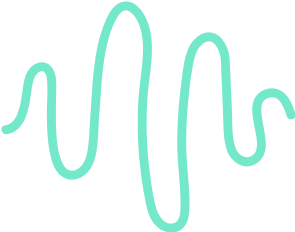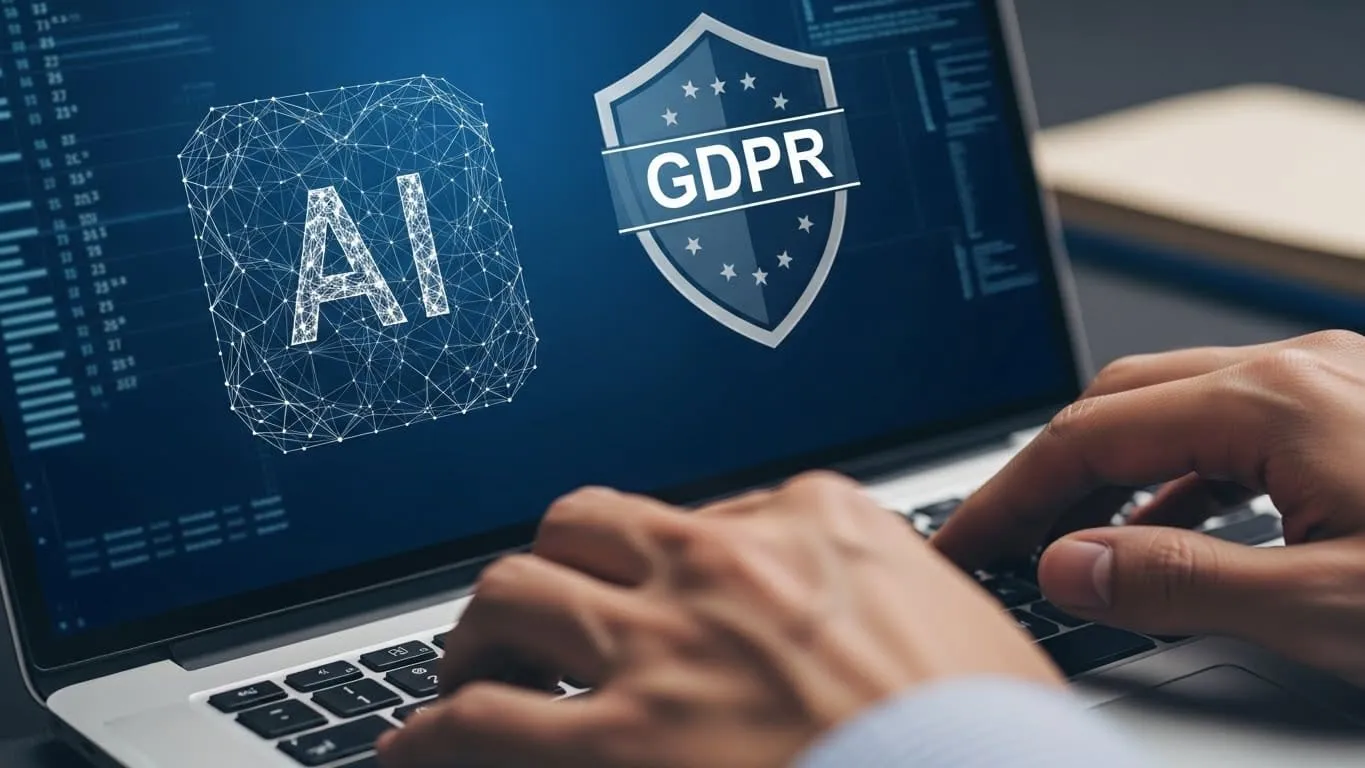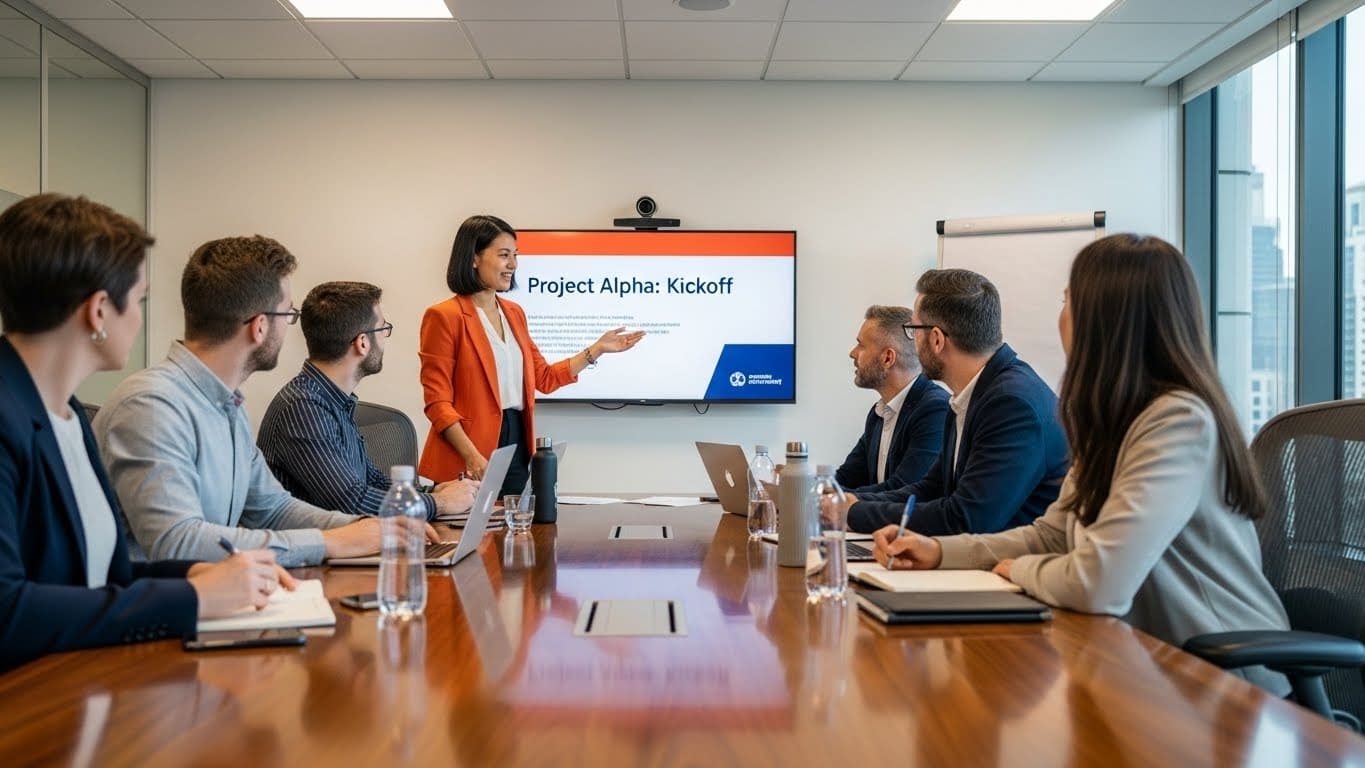How to Summarize Transcription : a Guide
.webp)
Get the work done for any meeting
Meeting transcription, AI custom notes, CRM/ATS integration, and more
Transcriptions can quickly become another pile of data you don’t have time to manage.
Summarizing them helps you focus on insights and actions that drive results.
This guide will walk you through the way to do it the right way.
What Is Transcription Summarization?
A transcription summary is a concise and structured version of a detailed transcript designed to capture and highlight the key points of a conversation, interview, meeting, or any other spoken content.
It distills that information into a brief, coherent summary that focuses on the essential themes, ideas, and outcomes. A well-summarized transcript is clear, actionable, and accessible. It lets you skip the noise and focus on the insights that drive decisions.
Why Do You Need to Summarize Transcriptions?
Here’s why you need to summarize transcriptions:
1. Save Time and Boost Efficiency
You’ve got deadlines to meet and decisions to make. Sifting through pages of transcripts is tedious and a waste of your time. Summarizing transcriptions cuts this process down to minutes, allowing you to focus on what truly matters.
2. Enhance Understanding at a Glance
Long transcripts can feel overwhelming, even if they’re filled with valuable information. A concise summary lets you understand key points without drowning in irrelevant details. It simplifies complex discussions and makes it easier for you to comprehend the bigger picture.
3. Streamline Collaboration Across Teams
Sharing a detailed transcript can lead to information overload when working with a team. A summary provides everyone with the same clear and actionable insights, ensuring that discussions and follow-ups remain aligned. It’s an efficient way to keep everyone on the same page.
4. Improve Accessibility and Shareability
Not everyone has the time to read a full transcript. Summaries make information more digestible and accessible to everyone involved, whether a client, team member, or executive. They’re easier to share and reference during follow-ups or meetings.
5. Focus on Decision-Making
A transcript captures everything, but not all of it is actionable. Summaries allow you to hone in on the insights that directly impact your decisions. This ensures that your attention is always directed at what moves the needle, whether it’s closing a deal, refining a strategy, or following up on a project.
How to Summarize Transcripts
Gone are the days when summarizing transcripts was a time-consuming and labor-intensive task, requiring meticulous human effort to sift through hours of spoken content.
With the rise of AI-driven transcription tools, summarization has become faster, more efficient, and more accessible.
Let’s break down the best methods, starting with a step-by-step guide for ChatGPT and laying the groundwork for more advanced tools.
Step-by-Step Guide to Transcribe Using ChatGPT

If you’re just getting started and need a quick, accessible tool for basic transcription summarization, ChatGPT can be a great choice. Here’s how to use it:
- Prepare Your Transcript: Start by ensuring your transcript is in a text format, such as a .txt or .doc file. ChatGPT does not process audio directly, so convert audio files to text using a transcription service.
- Access ChatGPT: Open the ChatGPT interface and paste the text into the prompt field. Break longer transcripts into smaller segments to avoid input limits.
- Ask for a Summary: Use clear instructions, such as "Summarize this meeting transcript focusing on key decisions and action items."
- Review and Refine: Once ChatGPT provides a summary, review it for accuracy and clarity. Modify the output as needed to ensure it meets your specific requirements.
- Save and Share: Copy the final summary into your preferred document or communication platform.
While ChatGPT is practical for quick summaries, it falls short for professional applications due to:
- Lack of speaker identification or differentiation.
- No integrations with meeting tools like Zoom.
- Limited ability to manage large volumes of data.
Specialized AI Tools: Diverse Options with Specific Features
If you’re handling more complex projects or need additional functionality, advanced AI tools are a better fit. These tools can offer features such as:
- Automatic speaker differentiation to track who said what.
- Integration with platforms like Google Meet or Teams for seamless workflows.
- Real-time transcription and keyword generation to highlight essential points.
- Multilingual support for global teams.
Advanced AI Tools to Consider
- Noota: Known for its professional-grade transcription summarization, Noota offers customizable summaries, speaker identification, and seamless integrations with platforms like Zoom. It also supports multiple languages and prioritizes data security.
- Otter: This tool provides live transcription and keyword tagging, making it ideal for real-time applications. However, it has limited customization options for summaries.
- Rev: A high-accuracy transcription service, Rev is suitable for users prioritizing precision over automation. While effective, it can be cost-prohibitive for frequent use.
- Trint: Offers basic editing and collaborative features but may feel restrictive compared to tools designed for dynamic workflows.
How to Choose the Right Transcription Tool
Each tool offers numerous features. It's essential to focus on features that align with your needs. Here’s how you can make the best choice:
1. Define Your Primary Use Case
Start by identifying how you’ll use the tool. Are you summarizing team meetings, conducting interviews, or managing multilingual projects? Different use cases require varying levels of functionality, so understanding your needs is the first step.
2. Prioritize Accuracy and Context Preservation
Transcriptions are only useful if they are accurate. Choose tools that excel in capturing nuances, tone, and context. Accuracy ensures that transcription is a reliable resource for decision-making and reporting.
3. Evaluate Integration Options
Your transcription tool should fit seamlessly into your workflow. Check if it integrates with platforms you already use, such as video conferencing or project management tools. This can save you time and reduce manual effort.
4. Consider Customization Features
Every project is unique, and your transcription tool should adapt to those requirements. Look for features that allow you to tailor summaries, adjust tones, or emphasize specific points to ensure relevance and usability.
5. Assess Security and Confidentiality
If you handle sensitive information, prioritize tools that offer encryption and robust privacy standards. Data security is essential to maintain confidentiality and protect your work.
6. Compare Costs Against Features
Free tools may cover basic needs, but professional-grade tasks often require advanced functionality. Compare the cost of various options with the features they provide to ensure you’re getting the best value for your investment.
7. Look for Collaborative Capabilities
If you work in a team, opt for tools that support easy sharing, editing, and real-time collaboration. This ensures smooth communication and alignment across your projects.

Components of a Good Transcript Summary
Here are the core components that define a high-quality transcript summary:
1. Clarity
Your summary must be easy to read and understand. Use simple language and avoid unnecessary jargon. Clear summaries ensure readers can quickly grasp the essential points without ambiguity or confusion.
2. Accuracy
Every key point in your summary should be accurate and reflect the context of the original discussion. Misrepresenting facts or omitting critical details can lead to misunderstandings or poor decision-making.
3. Brevity
Focus on what truly matters and eliminate redundant or non-essential information. A concise summary saves time for readers, providing them with only the insights they need. Aim for a balance between thoroughness and brevity.
4. Actionable Insights
Highlight information that drives decisions and actions. A good summary points out actionable steps, recommendations, or follow-up tasks that can help teams move forward effectively.
5. Logical Structure
Organize your summary in a way that makes sense to the reader. Group related points together, use bullet points or subheadings and maintain a logical flow.
6. Customization for the Audience
Tailor your summary to meet the needs of its intended audience. For example, stakeholders may need an overview of key decisions, while team members might require detailed action items. Knowing your audience ensures the summary’s relevance and impact.
Summarize Transcriptions and Minutes: Noota

When it comes to transcription summarization, Noota is designed to offer precision, efficiency, and customization. Its features make it a powerful tool for professionals who want actionable summaries without compromising on quality. Here are the standout features that make Noota the go-to choice:
- AI-Powered Summarization: Noota leverages advanced AI algorithms to generate concise and accurate summaries in seconds. Unlike generic tools, it identifies key themes, highlights critical points, and preserves the context, ensuring that you get summaries tailored to your needs.
- Customizable Summaries: Every professional has unique requirements. Noota allows you to tailor your summaries to match specific needs. Whether it’s adjusting the tone, focusing on particular topics, or including specific keywords, Noota’s flexibility ensures the output aligns perfectly with your goals.
- Collaborative Features: Working with a team? Noota simplifies collaboration by enabling you to share summaries with team members effortlessly. Team members can review, comment, or edit directly within the platform, fostering a seamless workflow for group projects.
- Integrations for Streamlined Workflows: Noota integrates seamlessly with tools like Zoom, Google Meet, and Microsoft Teams. These integrations mean you can transcribe and summarize meetings directly from your favorite platforms, saving you the hassle of importing files manually.
- Multilingual Support: In today’s global workplace, language barriers can slow down progress. Noota’s multilingual capabilities let you transcribe and summarize in multiple languages with the same level of accuracy, making it ideal for diverse teams and international projects.
- Speaker Identification: One of Noota’s standout features is its ability to differentiate speakers within a transcript. This feature is invaluable for interviews, panel discussions, or multi-speaker meetings, ensuring clarity in who said what.
- Secure and Confidential: Noota prioritizes data security. All transcripts and summaries are encrypted, ensuring your information remains confidential and protected at every stage.
Want to save time and generate actionable transcription summaries effortlessly? Try Noota for free now.
FAQs
Do I need technical skills to use transcription tools?
No, most transcription tools are designed to be user-friendly with simple interfaces. You can start summarizing with minimal setup or training.
Can I edit the summaries generated by AI tools?
Yes, almost all tools allow you to review and refine the generated summaries to ensure they meet your specific requirements.
What file formats are supported by transcription tools?
Most tools accept common audio and video formats like MP3, MP4, WAV, and text files for transcription and summarization.
Are transcription tools compatible with mobile devices?
Many transcription tools offer mobile apps or responsive web platforms, allowing you to work on summaries from your phone or tablet.
How can I ensure my transcription data is private?
Look for tools that provide encryption and data compliance certifications, such as GDPR or ISO standards, to protect your information.
Get the work done for any meeting
Meeting transcription, AI custom notes, CRM/ATS integration, and more
Related articles

Forget note-taking and
try Noota now
FAQ
In the first case, you can directly activate recording as soon as you join a videoconference.
In the second case, you can add a bot to your videoconference, which will record everything.
Noota also enables you to translate your files into over 30 languages.

.svg)
.svg)
.webp)

.png)


.svg)
